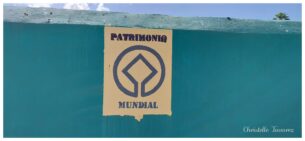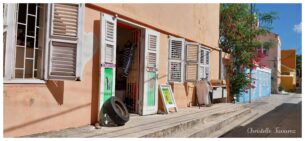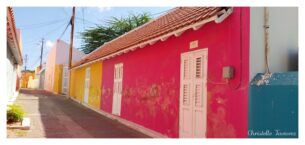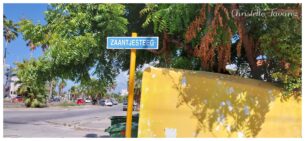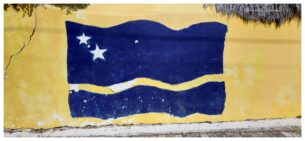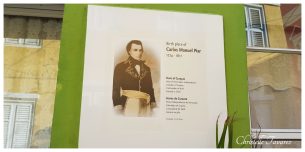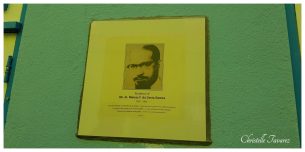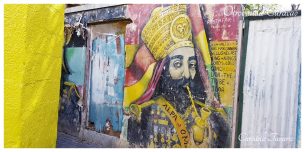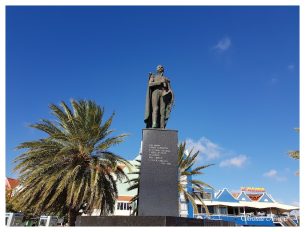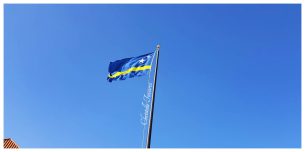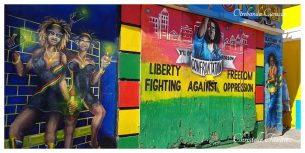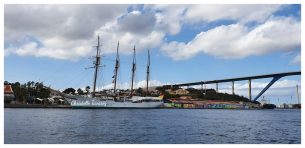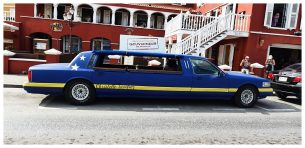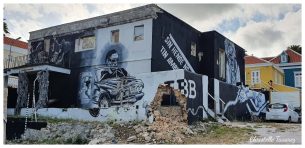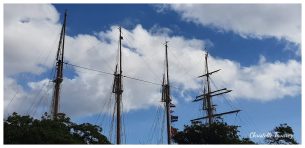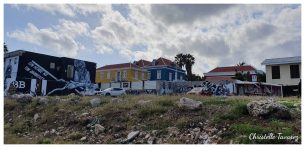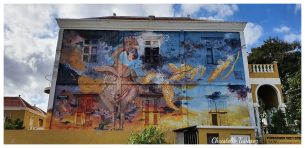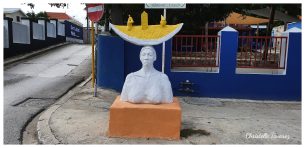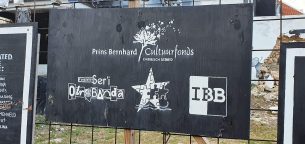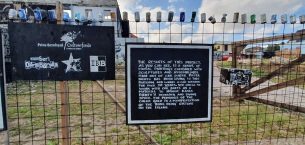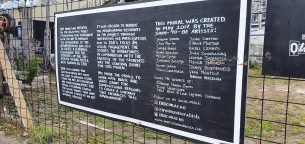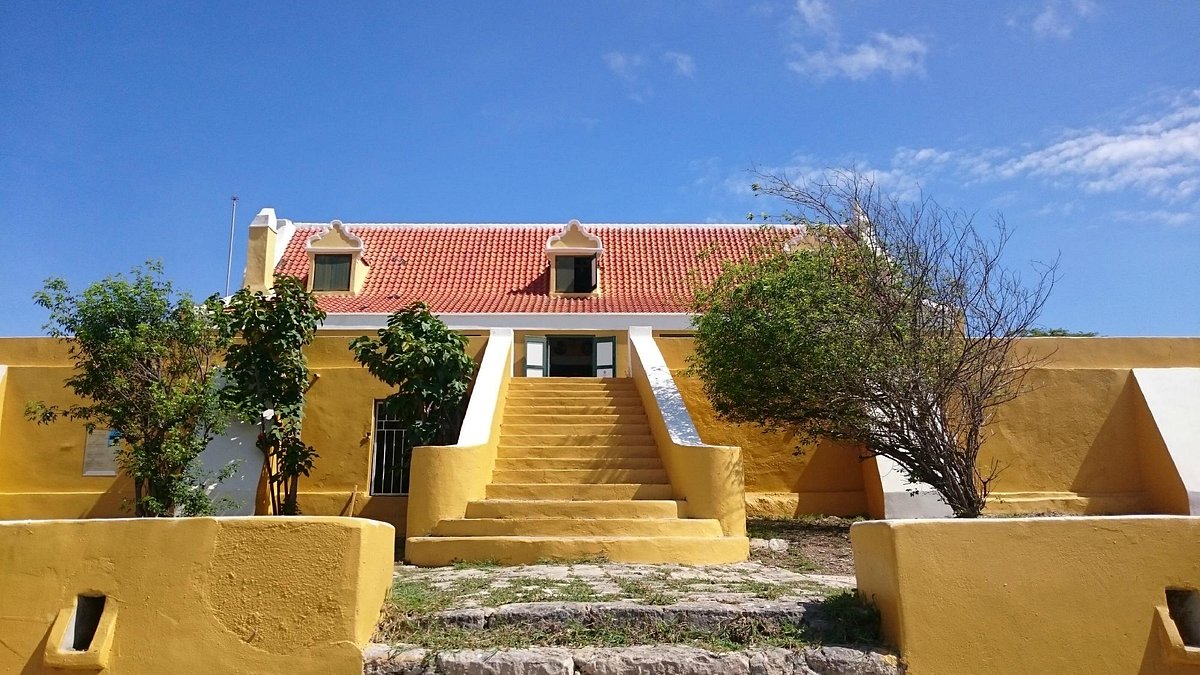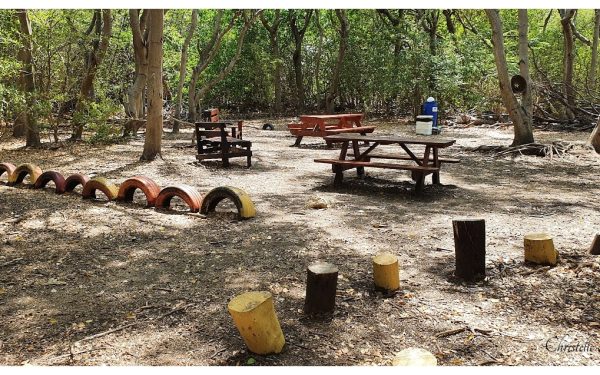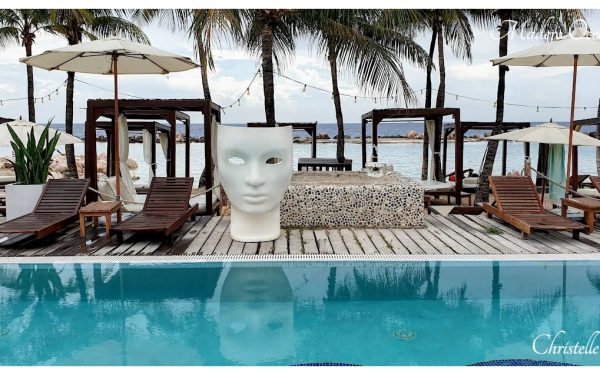A walk in Otrobanda
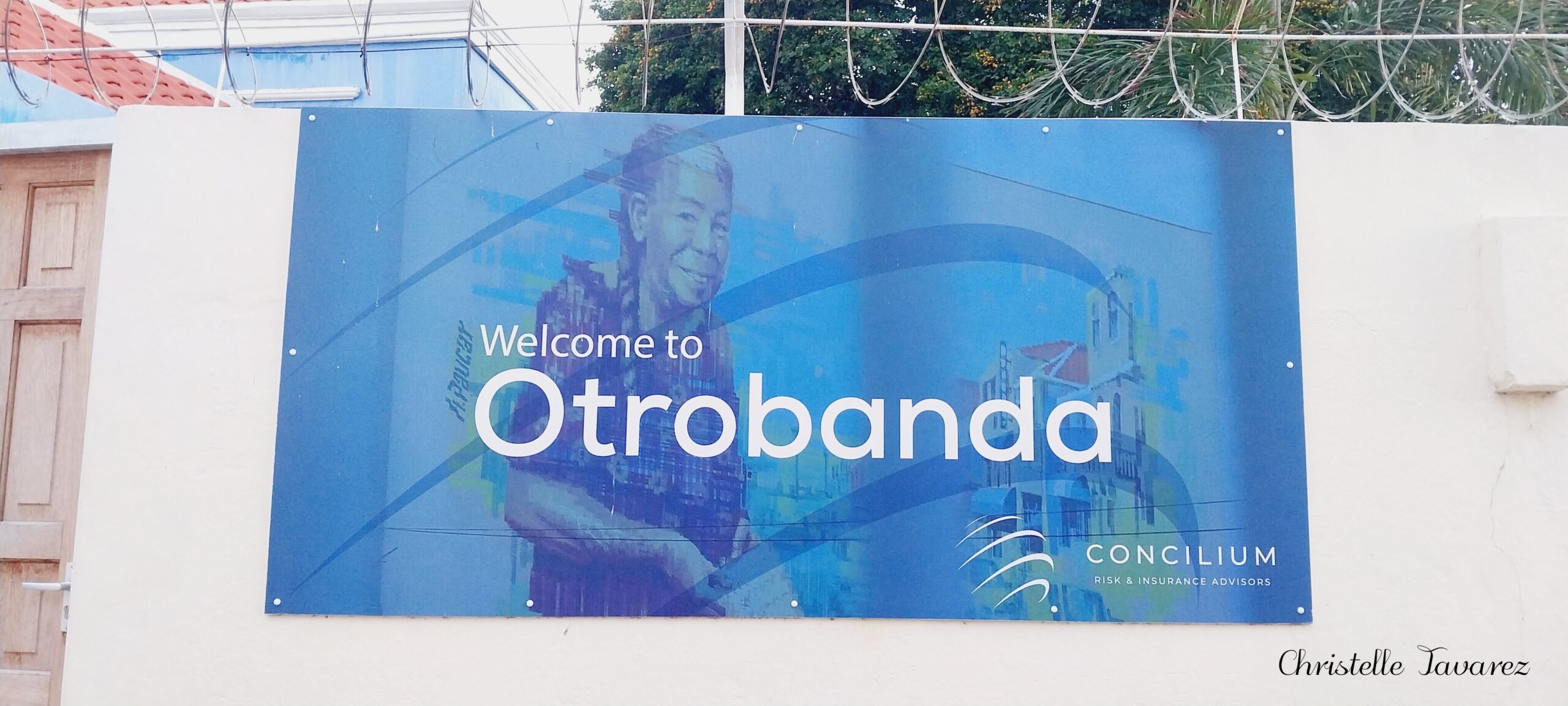
Otrobanda or Otrabanda is a neighborhood west of Sint Anna Bay in Willemstad , the capital of Curaçao . The name comes from Papiamento and literally means “the other shore”, a reference to the fact that Otrobanda, seen from Punda (“The Point”), is on the other side of St. Anna Bay. Otrobanda, together with Punda, forms the historic center of Willemstad. The neighborhoods have been connected since 1886 via a wooden pontoon bridge ( Queen Emma Bridge ) and since 1974 also via the Queen Juliana Bridge .
Zantjesteeg:
The area was built on from 1707 onwards, because there was no more space on Punda. Initially, only sheds and simple houses were built, but later increasingly larger buildings were built. In the eighteenth and nineteenth centuries, many black workers settled there and in the course of the twentieth century it became a poor working-class district. A change came in the 1990s with a large-scale urban renewal project, in which Monument Care played an important role. Dutch businessman Jacob Gelt Dekker has also had part of the neighborhood renovated since 2001. He has established the five-star hotel Kurá Hulanda (Dutch yard) in a hundred renovated authentic public houses. There is also a conference center, a museum , a scientific institute and the Curacao Medical Center .
Sights
- Riffort
- Kura Hulanda
- Museum Kura Hulanda
- Hotel Kura Hulanda
- Brionplein
- House Batavia
- Curaçao Museum
- Basilica Santa Ana
- Kalifar Omar Mosque
The architecture of Otrobanda is strongly influenced by the Dutch. The district, together with Punda, has been on the UNESCO World Heritage List since 1997.
Street art
In the 1910s, street art emerged in Willemstad. The murals in Otrobanda are an appealing example of this and paintings are added every year during the Kaya Kaya festivals (street festivals), both by professional artists and by uneducated local residents.
Music culture
Otrobanda is also known for the rich musical tradition it has spawned. Well-known composers such as Jan Gerard Palm (1831-1906), the founder of classical Curaçao music, Jules Blasini (1847-1887), Paul de Lima (1861-1926), Jacobo Conrad (1879-1918), Rudolph Palm ( 1880- 1950), John Palm (1885-1925), Toni Palm (1885-1963), Jacobo Palm (1887-1982), Albert Palm (1903-1958), Edgar Palm (1905-1998), Julian Coco (1924-2013) , Wim Statius Muller (born 1930), Robert Rojer (born 1939) were born in Otrobanda and also lived and made music here for years. A record company is named after the district: Otrobanda Records .
